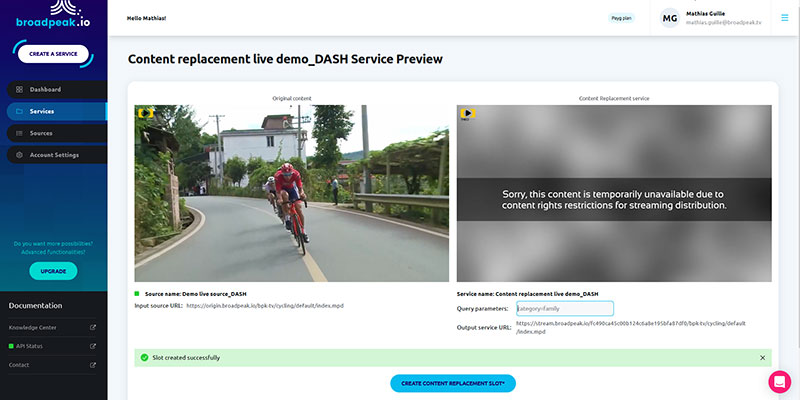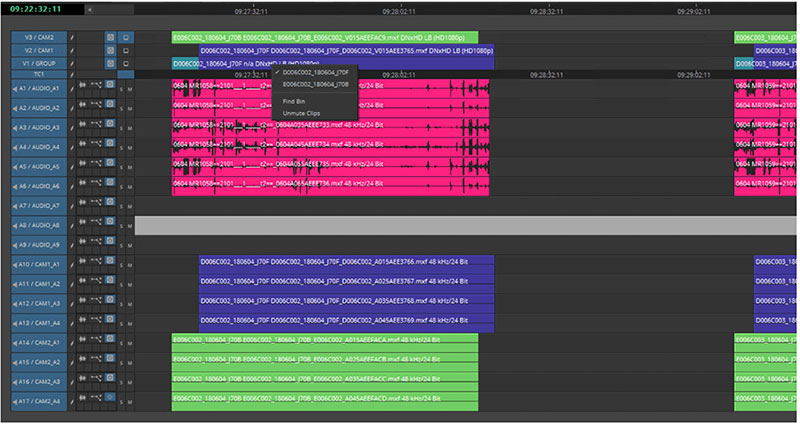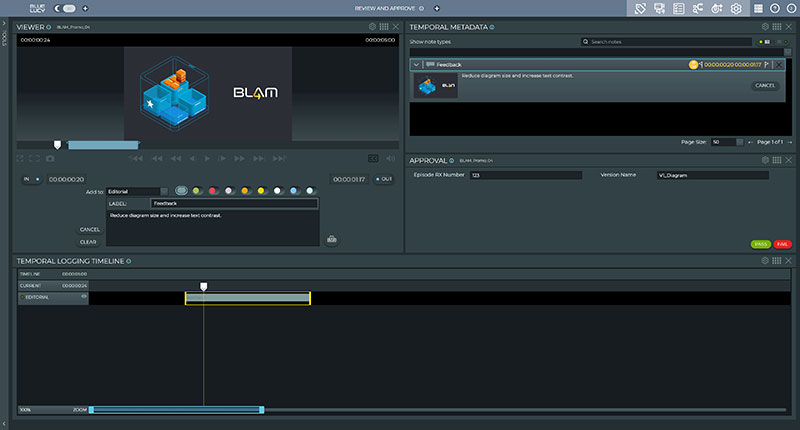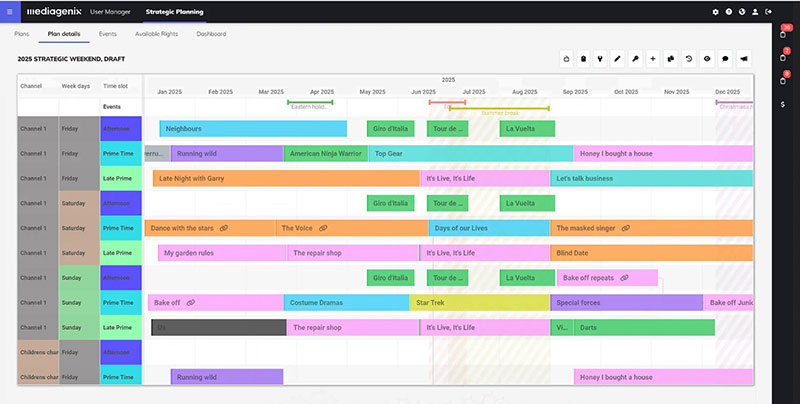Video service providers in global markets are using broadpeak.io’s automatic content replacement to manage and comply with complex content rights during the football comp in Qatar.

Several video service providers are using Broadpeak’s broadpeak.io software as a service (SaaS) for video streaming during the 2022 world football competition in Qatar, one of the world’s largest sports events. An API-based platform, broadpeak.io supports automatic content replacement and helps providers to set up and customise content replacement for non-licensed content, at the same time simplifying the management of live feeds for users.
Gtd, an ICT service provider in Latin America and Europe, worked with broadpeak.io to manage and comply with complex content rights for the tournament in the Chilean market. “We were looking for a system that would allow us to comply with all the rules, without modifying our current system. broadpeak.io proved to be the best option that would be ready on time for the tournament,” said Cristian Carcamo, TV engineering chief at Gtd.
As a cloud-based platform, broadpeak.io is scalable, dynamic and agile in its support for video streaming. broadpeak.io contextualizes the feeds that are used for content replacement applications, which results in a better experience for viewers and means content programmers receive a better response. During the international football tournament, video service providers can use broadpeak.io to temporarily stream live TV channels as replacement content, in order to comply with rights regulations. The replacement service is quick to launch, only requiring a simple configuration for OTT linear channels within the broadpeak.io API. No other equipment is needed.

Icelandic company Síminn has also chosen broadpeak.io for content replacement as part of its services to its end users during the competition. “We have selected broadpeak.io to handle regional blocking for international events based on their wide experience in video streaming and cloud deployments,” said David Gunnarsson, director of TV services at Síminn. “For temporary events like sports, choosing a SaaS platform for managing content rights is the most flexible option. We can easily turn the video streaming service on and off, as needed, for all our customer devices at once, without deploying a new infrastructure.”
broadpeak.io supports many different content use cases, including live, time-shift TV and catch-up TV. With infrastructure set up in several regions around the world, broadpeak.io ensures quality of service for video streaming, which suits live sports applications.
“Managing content rights during a highly streamed, international sports event can be challenging. Video content and advertisements may vary in different regions depending on programmers’ requirements and local regulations,” said Mathias Guille, vice president cloud platform at Broadpeak. “Both of our customers Gtd and Síminn needed a solution that could be deployed rapidly ahead of the football tournament and ensure the quality of service for subscribers. broadpeak.io is hosted entirely in the cloud, available as an easy, fast, reliable way to deliver competitive streaming quality.” broadpeak.tv




















